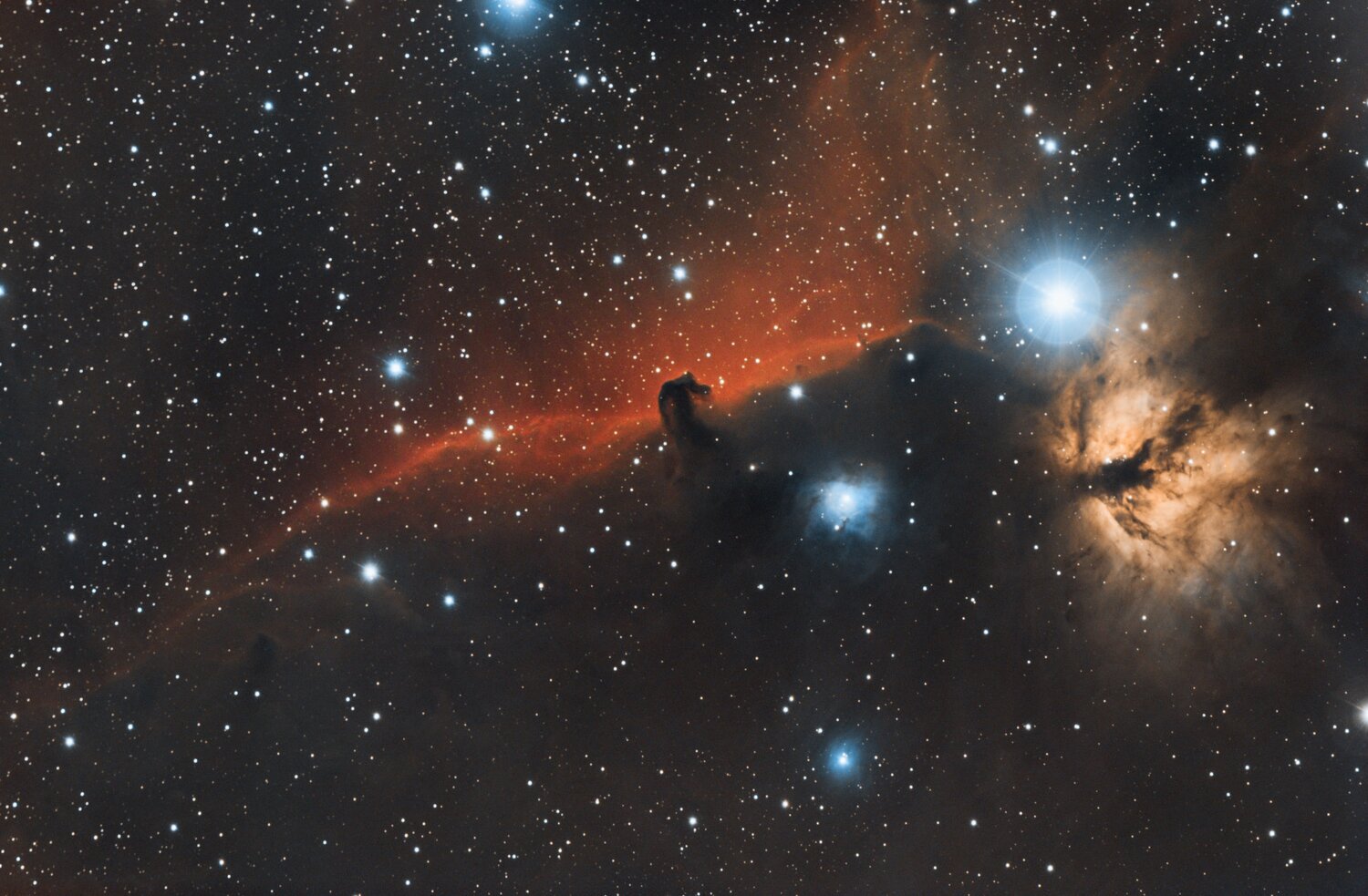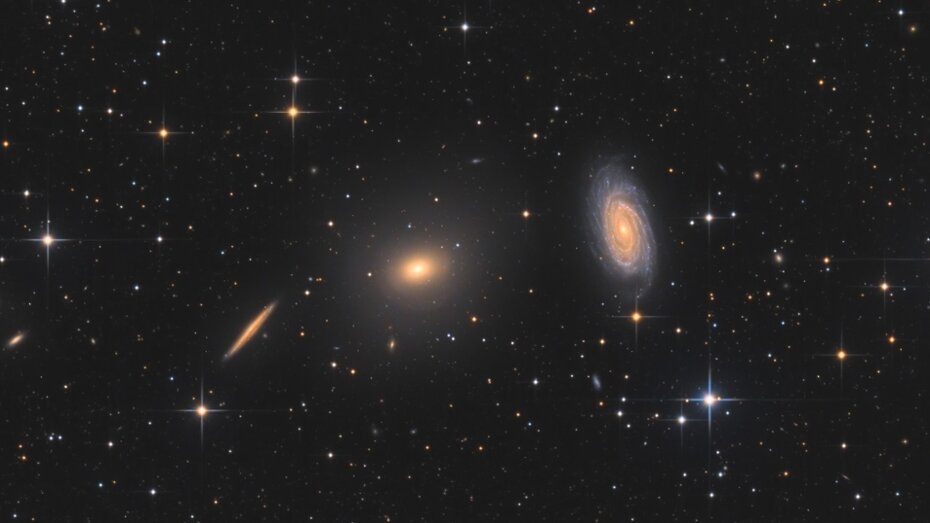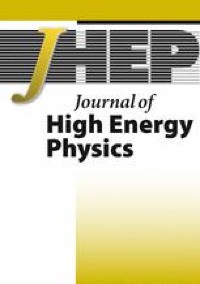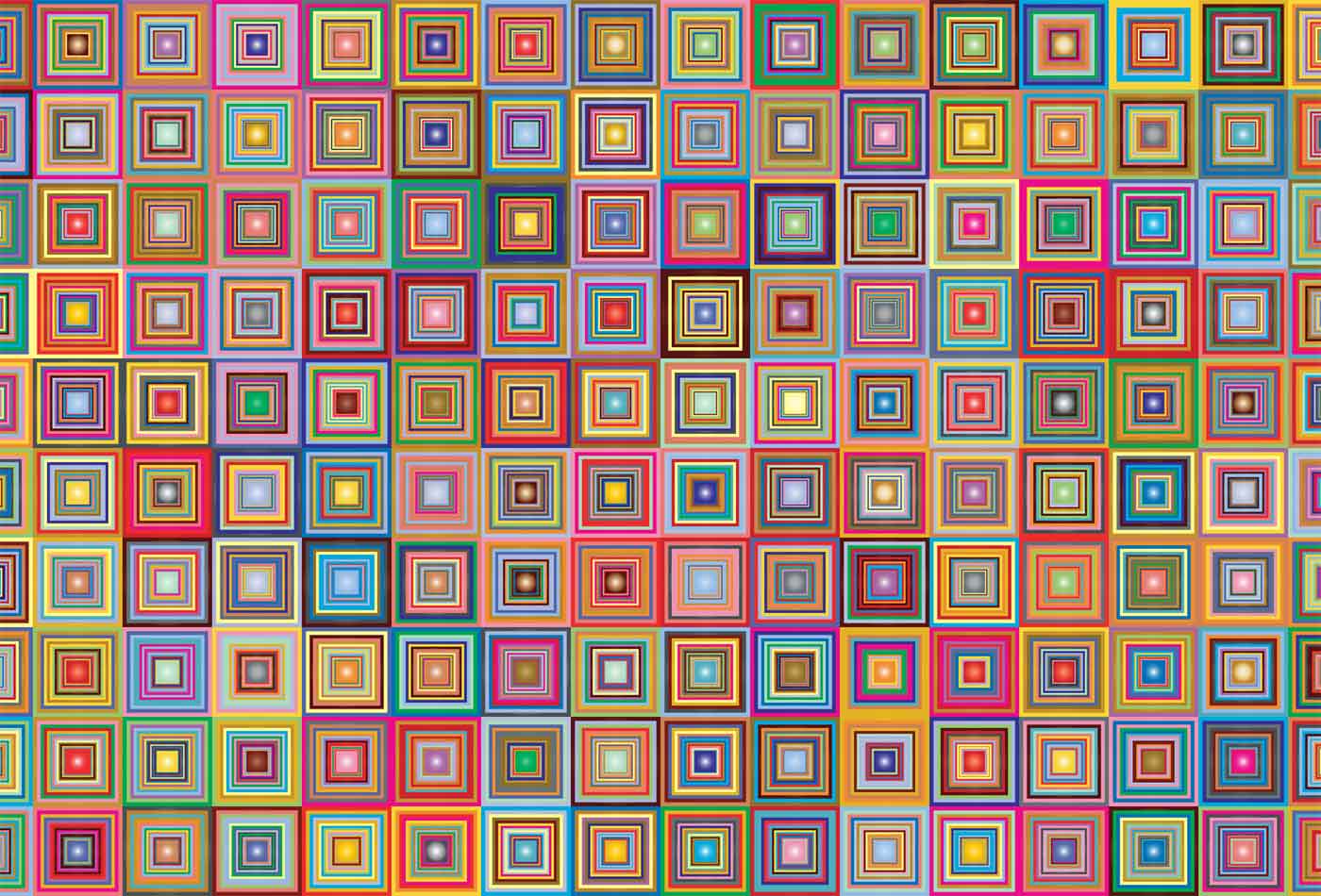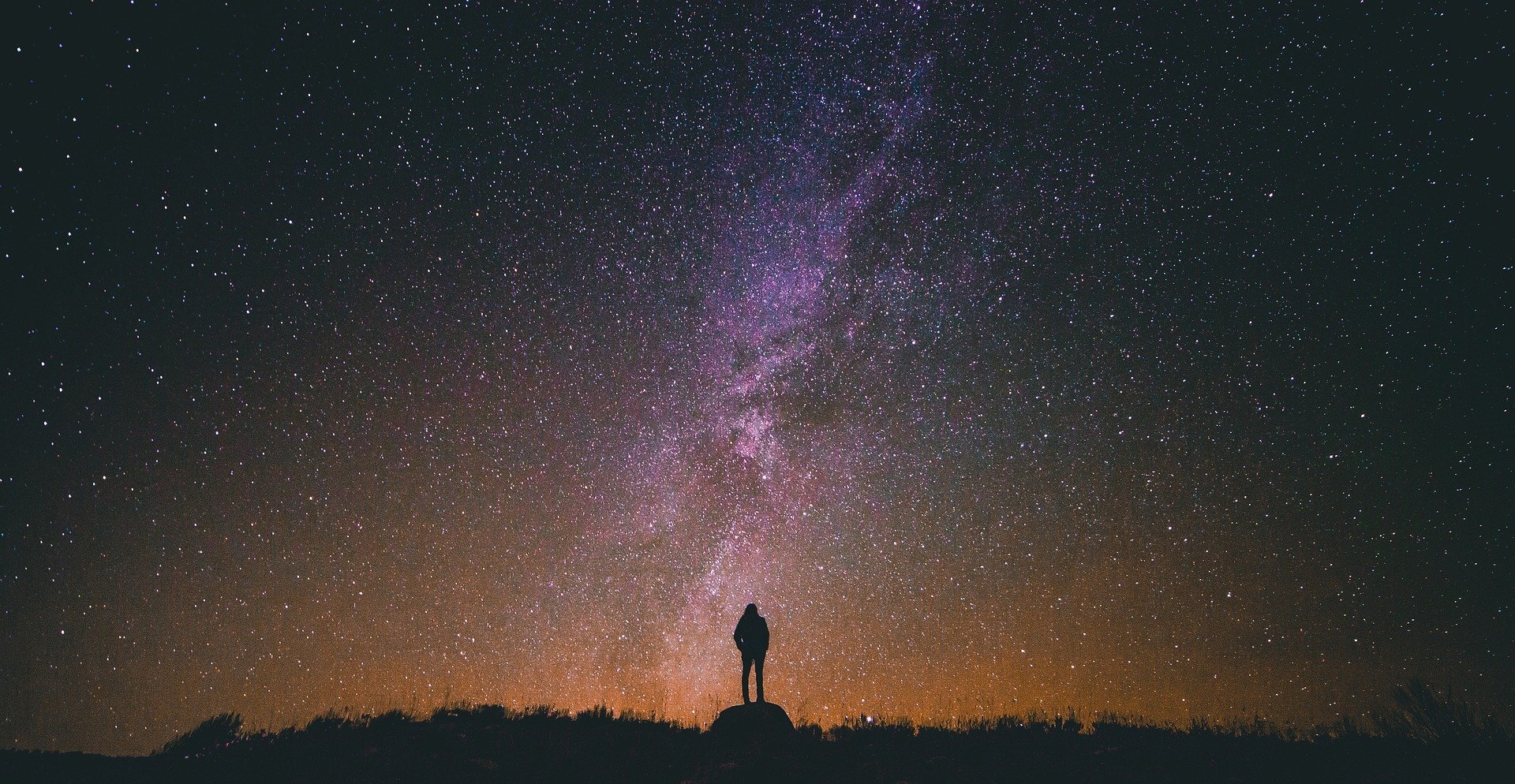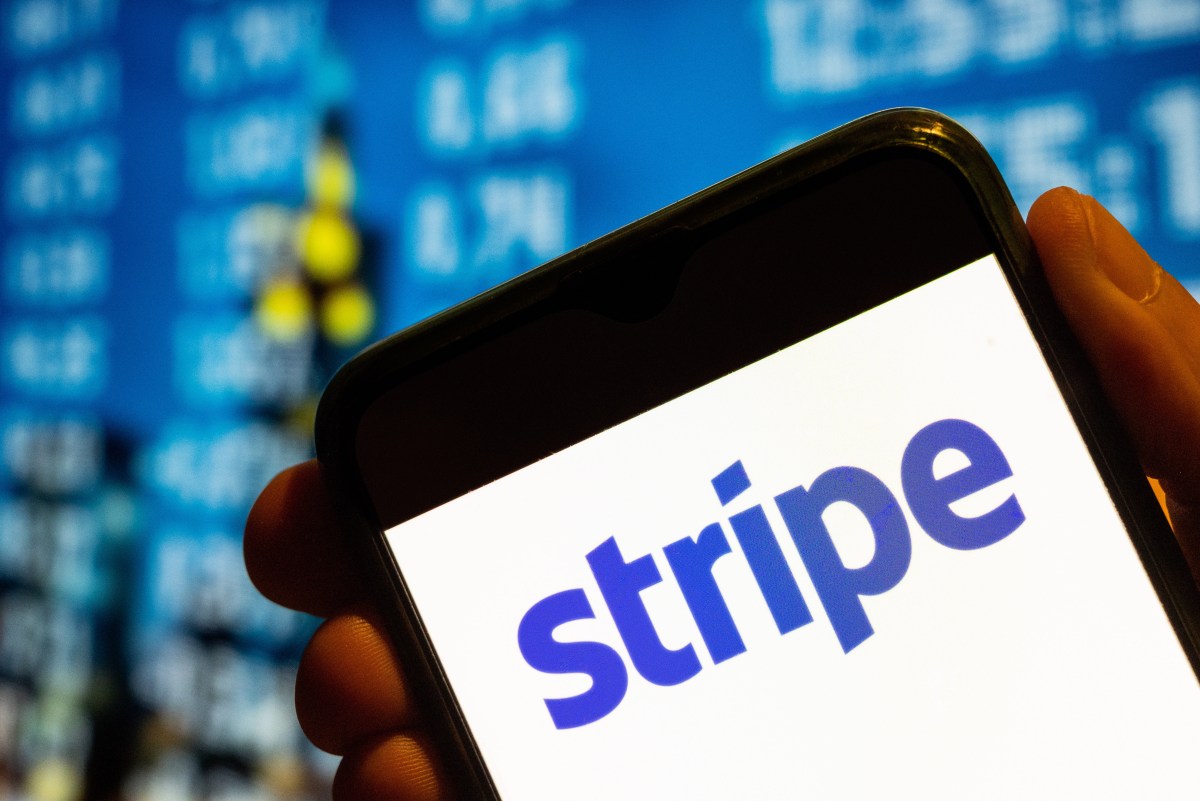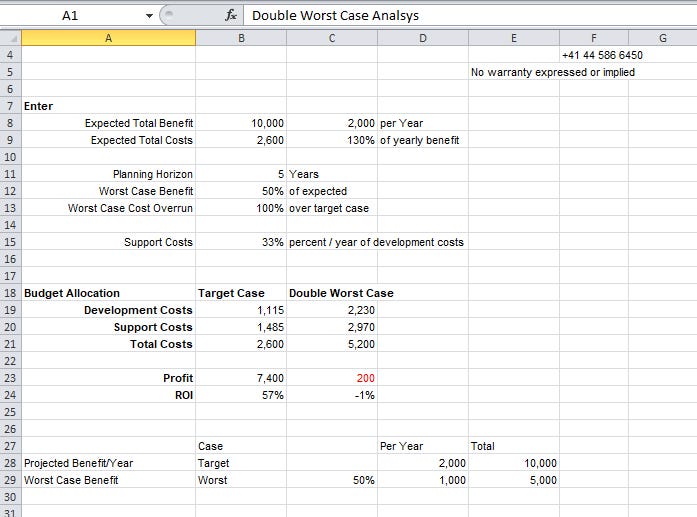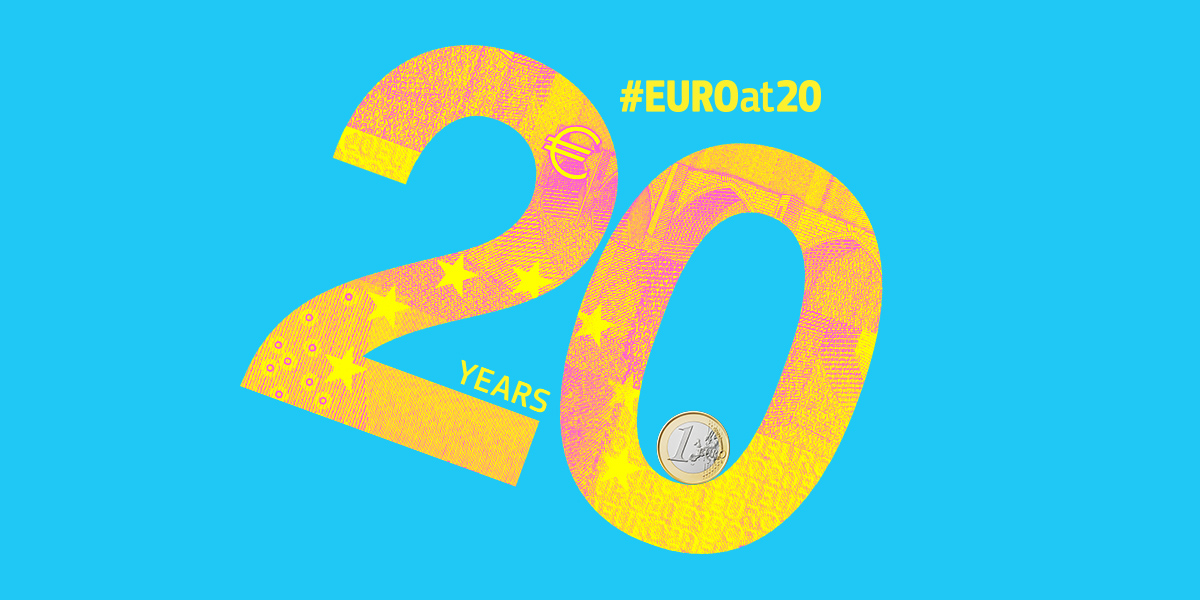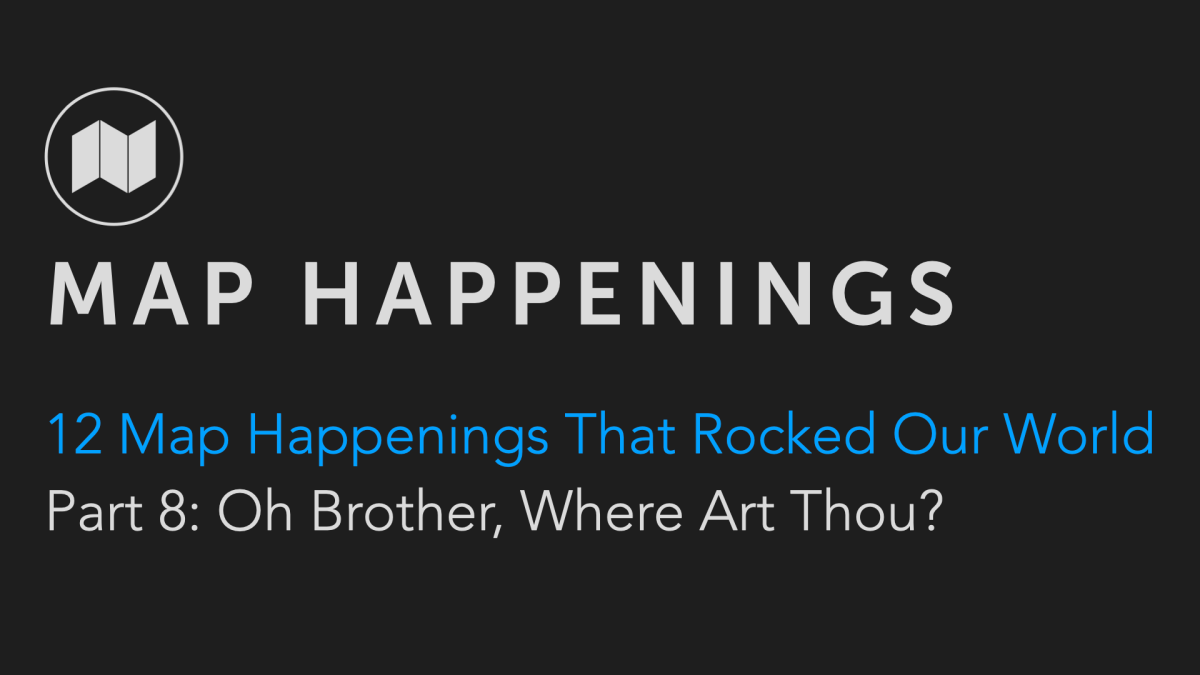
Hinting a dark matter nature of Sgr A* via the S-stars
E A Becerra-Vergara, C R Argüelles, A Krut, J A Rueda, R Ruffini, Hinting a dark matter nature of Sgr A* via the S-stars, Monthly Notices of the Royal Astronomical Society: Letters, 2021;, slab051, https://doi.org/10.1093/mnrasl/slab051
The motion data of the S-stars around the Galactic center gathered in the last 28 yr imply that Sgr A* hosts a supermassive compact object of about 4 × 106M⊙, a result awarded with the Nobel Prize in Physics 2020. A non-rotating black hole (BH) nature of Sgr A* has been uncritically adopted since the S-star orbits agree with Schwarzschild geometry geodesics. The orbit of S2 has served as a test of General Relativity predictions such as the gravitational redshift and the relativistic precession. The central BH model is, however, challenged by the G2 post-peripassage motion and by the lack of observations on event-horizon-scale distances robustly pointing to its univocal presence. We have recently shown that the S2 and G2 astrometry data are better fitted by geodesics in the spacetime of a self-gravitating dark matter (DM) core – halo distribution of 56keV-fermions, “darkinos”, which also explains the outer halo Galactic rotation curves. This Letter confirms and extends this conclusion using the astrometry data of the 17 best-resolved S-stars, thereby strengthening the alternative nature of Sgr A* as a dense core of darkinos.
To purchase short term access, please sign in to your Oxford Academic account above.
